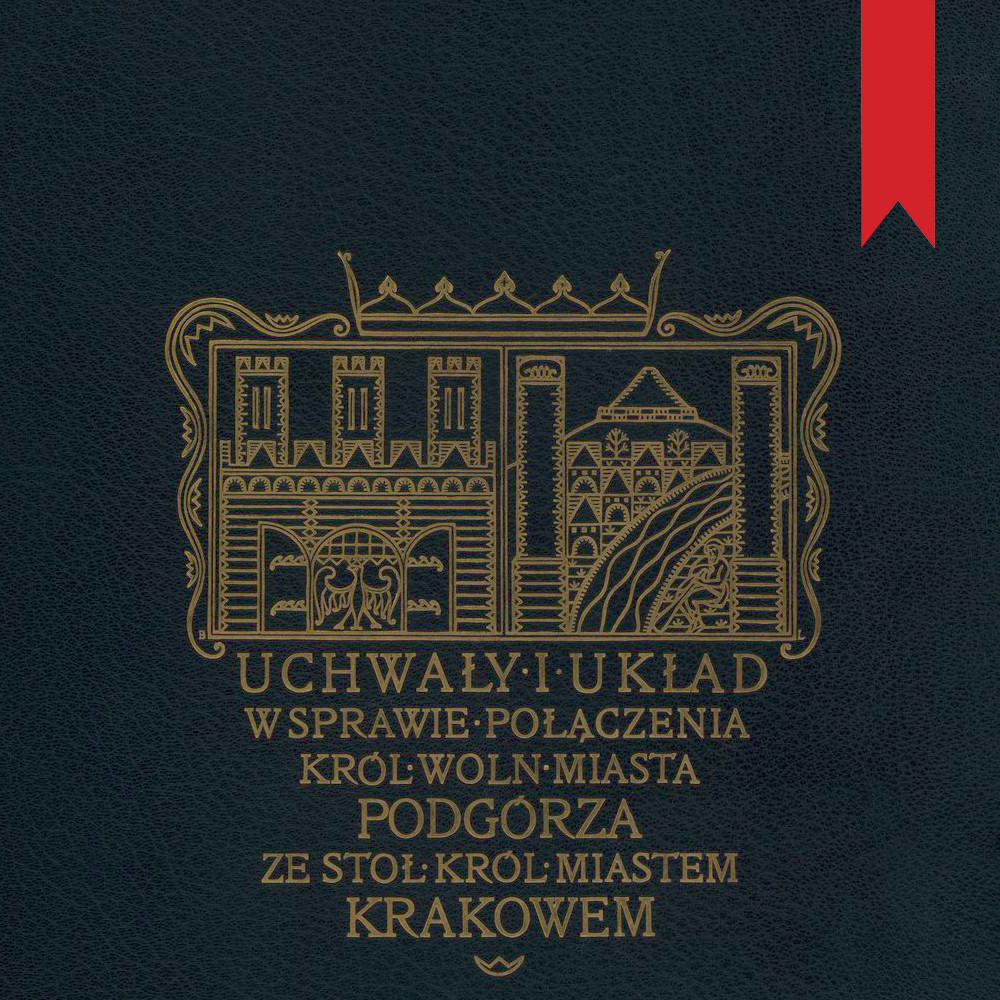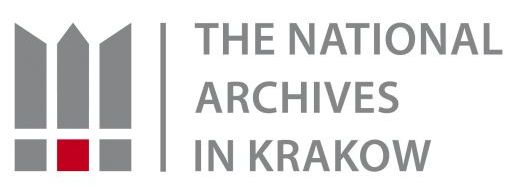A MODERN TOWN
From the events of the Royal Free Town of Podgórze 1784–1915
XII. A PEARL AND A DRAGON, BEHIND THE SCENES OF A CERTAIN MARRIAGE
Kraków, surrounded by a ring of Austrian forts, over-populated and restricted by archaic rules, looked at the beginning of the 20th century for a way out of the impasse. In order to introduce reforms and begin new investments, space was necessary, however, it was lacking in Kraków. The rulers, convinced of the necessity to extend the town's borders, began negotiations with its neighbouring boroughs. Podgórze, with its raw materials, developed industry, human resources and land for development, could help the former capital to regain its lost glory.
The first discussions with Podgórze took place at the beginning of the 20th century, but the idea of merging the two banks of the Vistula met with wide criticism and rejection. The proposal from Kraków was seen, above all, as an attempt to undermine the social-economic freedom that Podgórze enjoyed. Only changes in the international arena, giving Poles the hope of regaining their own independent state, eased the stance of the town's leaders. Kraków, despite attempts by the partition powers to reduce its significance, was still a cradle of Polishness. It was here that people prepared for the fight, and administrative-military organizations that could help liberate the country were formed. Podgórze wanted to participate in the patriotic activities, but didn't agree to unconditionally give up its own freedom.
Discussions were restarted a few times, arduous negotiations were conducted, with attempts to negotiate the most beneficial conditions for merging. Specialist committees with the goal of working out understandings in particular areas of life were created. The leaders of Podgórze wanted to maintain as much influence as possible on the further development of the south bank of the Vistula. With this goal in mind, they demanded a large number of representatives in the future combined town council, the establishment of a branch of the Town Hall in Podgórze as well as the maintenance of previous state offices. People from Podgórze wanted to develop municipal communication, secondary education and to improve safety conditions with suitable street lighting. The most important business interests of the town were safeguarded, obtaining from Kraków a promise of support for Podgórze's industry and trade.
A joint “Agreement concerning the merger of the Royal Free Town of Podgórze with the Royal Capital of Kraków” was drawn up and signed on 7 June 1913. The merger took place on 1 July 1915. A few days later, on 4 July 1915, on Krakus Bridge, the last mayor of Podgórze, Franciszek Maryewski, and the mayor of Kraków, Juliusz Leo, shook hands, symbolically merging the two towns.

Resolutions and agreement concerning the merger of the Royal Free Town of Podgórze with the Royal Capital of Kraków, Kraków, 7 June 1913
(ANK, ref. no. 29/658/1285)
